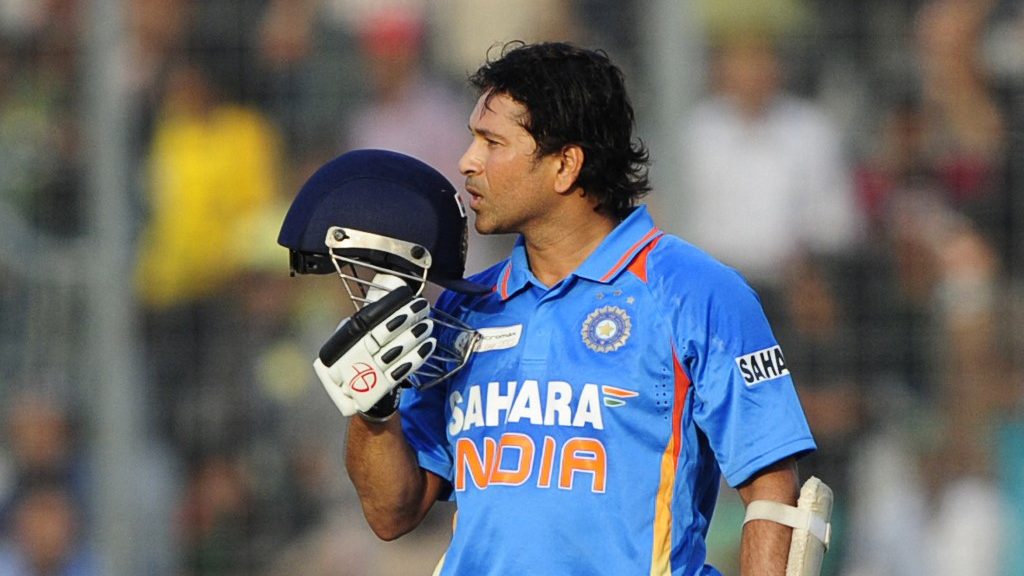Sachin Tendulkar comments on the loss of balance in ODIs

ODI cricket is back in focus as India are engaged in a three-match ODI series against West Indies. Rohit Sharma will be leading India for the first time as a full-time ODI captain. India also became the first team to compete in 1000 ODI matches during their winning encounter against the Windies yesterday (6th February). Sachin Tendulkar, who has featured in 463 of these matches, spoke on the current state of the 50-over game while congratulating the nation.
“I wouldn’t take away any credit from batters, but rules and conditions have changed. Batters’ strike rates are way higher than it used to be in the 1990s, and bowlers’ economy rates are also higher… average runs scored in 50 overs today is way more than it was in the 1990s. Two new balls, field restrictions and change in match timings — these elements have changed the game over the years,” Sachin Tendulkar said.
Tendulkar represented India in the 50-over format from 1989 to 2012. He has been an active participant in the revolution of ODI cricket during all these years. The Indian legend has created iconic moments on his own. The highest run-getter of the format commented on the factors that have imbalanced the 50-over game.
In a bid to make the format attractive, ICC has time and again introduced plenty of changes to the playing conditions. Tendulkar opined that the usage of new balls from both the ends, lesser number of fielders outside the 30-yard circle and changes in match timings have titled the game away from the bowlers.
Explaining his reluctance for using a new ball from each end, Tendulkar said that it hinders reverse swing. This kind of swing bowling can only be performed when the ball gets roughed up due to usage. With two new balls being used, the art of reverse swing has vanished from the white-ball cricket.
“I haven’t seen much of reverse swing. Maybe it reverses a little bit 46th over onwards, because the ball is actually 23-overs old. With one new ball, it would begin reversing from the 24th over and you bowl another 26 overs with that,” Tendulkar said.
A spin bowler himself, the batting legend went on to add how this particular playing condition creates trouble for the spinners.
“When the ball gets discoloured, you don’t see it spinning in the air. That’s when an off-spinner’s doosra or a leg-spinner’s googly becomes more effective. Also when the discoloured ball is reversing, you don’t pick the shiny side and the scruffed-up side. You take a fraction longer and the fraction lost made a batter’s life more difficult,” he said.
Tendulkar also brought up the impact of revised playing times, a point that has largely been ignored. The legend added that starting the matches early in the morning causes the batter to alter his game-plan.
“ODIs would start at 9 o’clock and there was more life in the surface at 9 o’clock in the morning. It made a huge difference. You had to bat differently, you had to plan differently. I would have continued batting the same way,” said Tendulkar.
Starting his ODI career in 1989, Tendulkar featured in India’s 200th, 300th, 400th, 500th, 600th, 700th and 800th ODI. He was a part of 57.58% of the ODIs that India had played since 1974. The records for scoring the most runs and celebrating the most centuries in ODI cricket still belong to him.
